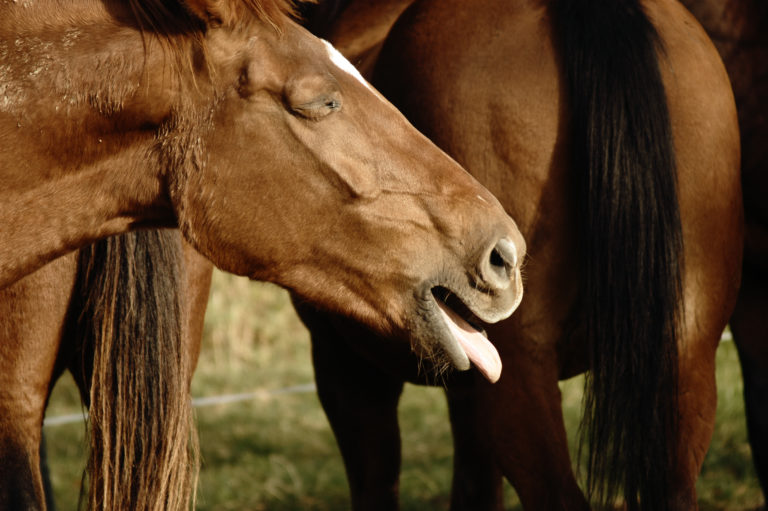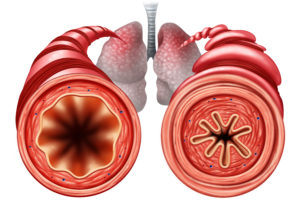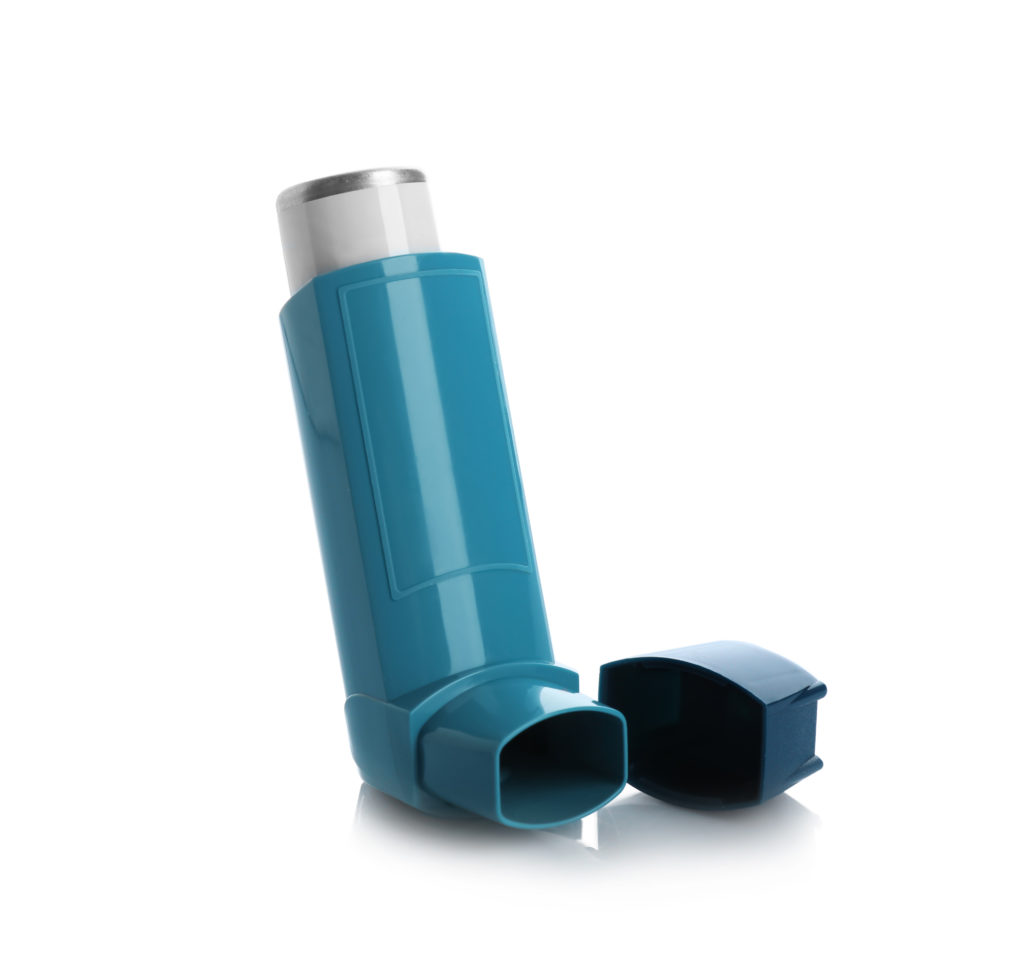
Chronic Obstructive Pulmonary Disease
COPD
Chronic obstructive pulmonary disease is more common in the older horse. It is a disease affecting the respiratory system of the horse. It occurs worldwide but is particularly common in South Africa because of our dry environment (especially in winter). In the northern hemisphere, it tends to occur in the dry summer season. COPD is also commonly known as heaves or recurrent airway obstruction (RAO).
What is COPD?

COPD is an allergic respiratory disease, similar to allergic asthma in humans. Once a horse is afflicted with COPD, it is always present, but tends to become noticeable only when affected horses are exposed to the allergen or allergens to which they are sensitive. Common allergens are dust, pollen, moulds or fungi. Therefore it is not uncommon for horses to appear fine for several weeks or months at a time, but then when these predisposed horses are fed dusty hay, or kept indoors for prolonged periods, or pollen counts become high, they can become unwell quickly.
The disease is basically the result of inflammation of the small airways (bronchioles) in the lungs, which produces mucus and causes the muscular closing of the small airways (bronchoconstriction). Narrowing and closing of small airways reduce the amount of oxygen that can enter the lung tissue, and the amount of carbon dioxide that can be removed. This therefore reduces the amount of oxygen that enters the body and the amount of waste gas that can be removed, which reduces the amount of energy available to the body. This naturally affects exercise tolerance, and causes the respiratory system to attempt to compensate by breathing more deeply and more frequently.
COPD occurs mostly in mature horses with the incidence of the condition increasing in horses from four years of age. It occurs in all breeds of ponies, horses and donkeys and there seems to be a genetic component to the condition.
Symptoms
Horses who are just developing COPD may only show mild exercise intolerance and an intermittent cough, which lessens with exercise, but horses who have been suffering from COPD for a long time may also show white nasal discharge and a more chronic cough. The cough is typically seen during feeding or exercise, and is worse in the early morning. Horses with longer-term COPD often appear short of breath, even at rest, with a higher respiratory rate and flared nostrils (to maximise air intake). Over time thickening of the abdominal musculature also occurs, as increased force is needed to breathe out due to the airway narrowing, so the abdominal muscles have to work harder to expel air from the body. This thickening results in the appearance of a ‘heave line’ on the flank. A fever is not normally present unless the horse has a bacterial or viral infection on top of the COPD. In cases with a superadded infection, the nasal discharge may also appear green or yellow in colour.

Pathophysiology
The pathophysiology of the condition gives us an understanding of what is happening in the horse’s lungs. The presence of allergens (dust/pollen) in the small airways causes inflammatory cells to infiltrate the tissues. These cells damage the lining of the small airways, stimulate mucus production and ultimately cause the muscles lining the small airways (bronchioles) to constrict. This muscular contraction and the presence of mucus in the central passage of the bronchioles (lumen) reduces the amount of air that can enter and leave the airways. This creates difficulty breathing.
Diagnosis
The diagnosis of COPD is usually made based on the symptoms, age and history of the horse, although further diagnostics tests and procedures can be performed to confirm the diagnosis. These additional tests include endoscopy (where the airways are viewed with a camera) and sampling of the fluid in the lower airways to examine the cell types present in the fluid.
Treatment and management
Management

It is more important to change your horse’s environment than it is to treat with medication alone. The aim is to create an environment that is as dust- and allergen-free as possible. The ideal situation would therefore be to turn the horse out to pasture for 24 hours every day, as dust tends to accumulate and become problematic in the enclosed stable environment. This is not always possible, as the paddock needs to be large enough and have enough groundcover to allow the horse to graze all day and night. Most areas do not have the space nor enough grazing for this to be possible. In addition to the practical issues of space, we also have the health issue of African Horse Sickness to contend with in South Africa. Exposure to African Horse Sickness is believed to be higher outdoors, especially in the evenings and at night, as the number of midges is higher at this time. It is therefore risky to keep your horse outside all night.
If your horse cannot sleep out, a specially designed stable – one which is open on all sides, with rubberised flooring rather than shavings – is preferred. Another option is to install fans, which also improve the ventilation through a stable. The greater the number of windows in your stable, the better.

However, if this change in design is not possible, the best thing you can do is to strive to create an environment that is as dust-free as possible (for example, shredded newspaper can be used for bedding rather than shavings), and to ensure that your horse is out for as much of the day as possible. Straw as bedding should be avoided, as it often houses mould, which is one of the key allergens. Disinfecting the walls and floor regularly is helpful for reducing fungi and mould growth generally in the stable. Stables must be regularly cleaned, as the ammonia present in urine is an irritant to the respiratory system and damages the lining of the tract, thus exacerbating the issue in COPD.
In terms of feeding horses with COPD, it is worth soaking hay to reduce dust levels, and also feeding concentrate mixed with water to reduce the number of inhalable dust particles present when your horse eats. Simply sprinkling hay or food with water is not sufficient – the hay or food must be properly soaked to remove the dust. High-quality, appropriately cured hay is also important. With hay it is essential to consider the conditions under which it was baled. If it was baled in dry conditions, it is likely to be dusty, whereas if it was baled wet conditions, mould is likely to be an issue. It is always worth inspecting each bale of hay prior to feeding to establish the quality. Green, dust- and mould-free hay is optimal. Hay must also be fed on the ground rather than from a manger, as not only is this better for the horse posturally, but it also reduces dust inhalation as the hay is less tightly packed.
Medication
Reducing your horse’s exposure to allergens such as dust and pollen is a good starting point, and is actually the most effective management for COPD. Medication, however, does help, but if the environment is not improved the horse will need to be on medication for life, because as soon as medication is stopped the symptoms of COPD will recur if the dust levels in the surrounding areas are not reduced.

Medication is usually especially necessary at the onset of disease to get the disease under control and provide relief. It is also essential if the horse has a bad episode and is really struggling to breathe. The medication used is generally speaking a combination of bronchodilators (to help open up the airways) and corticosteroids (to reduce the inflammation in the airways). Aerosolised bronchodilators can be used to help get immediate relief for the horse. These are given via nebulisers to get the bronchodilator particles into the lungs where they can have an immediate effect on relaxing the muscles around the airways, allowing the airways to open wider. Mucolytics, which break down mucus, can also be beneficial for clearing the small airways.
Final thoughts
Despite these treatment options, it is nevertheless important to remember that a horse cannot be cured of COPD once it is established. In the early stages, it may be possible to implement sufficient management changes that the disease never recurs, but generally speaking, once COPD presents, it is a management issue for owners for the rest of the horse’s life. However, provided management changes are made, COPD is a disease that can be controlled very effectively, and most horses with COPD can continue to have competitive careers and normal lifespans.
